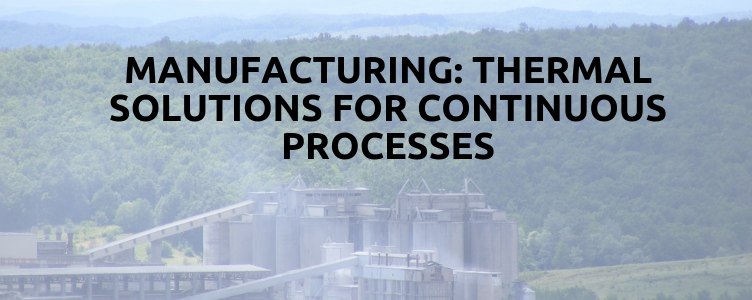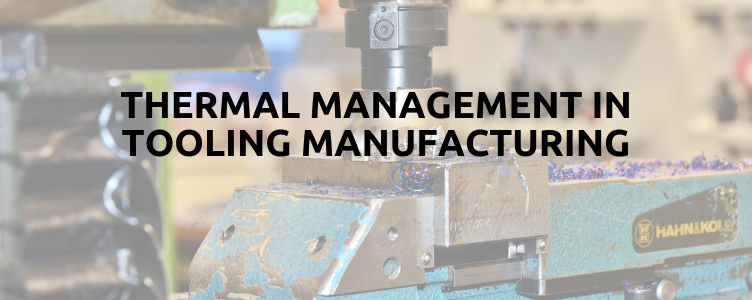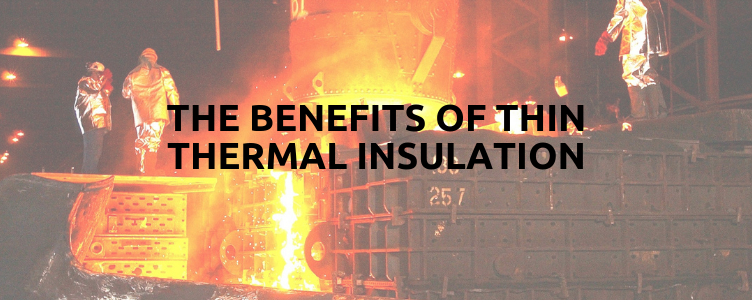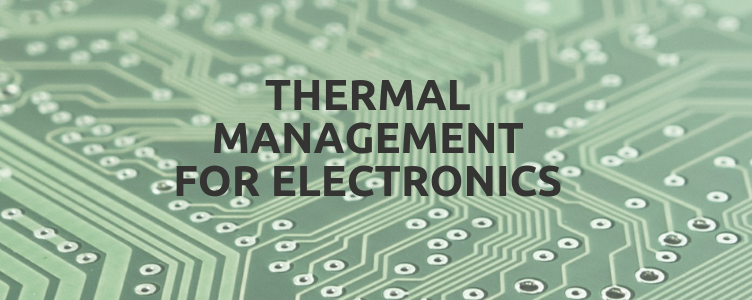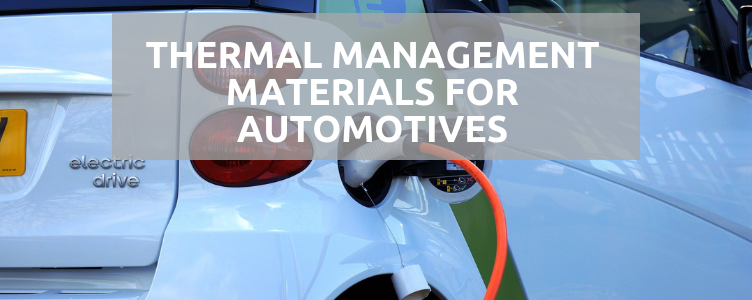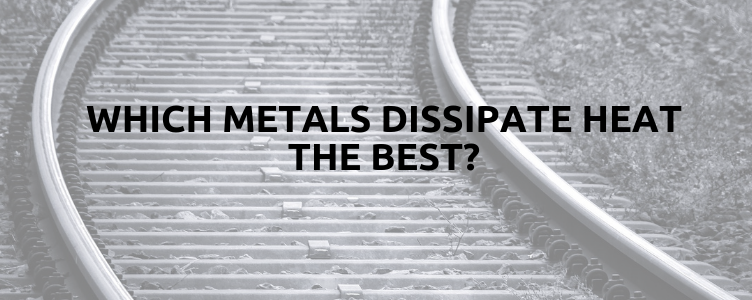A heat sink is a passive heat exchanger. This means it transfers heat from an object to a coolant, either air or liquid. This coolant then dispels any heat generated by the object.
Heat sinks are used in many essential electronic devices, including as central processing units in computers and in power electronics.
A good heat sink must be made of the right kind of material to perform its function well. Along with the material of the heat sink itself, another crucial aspect in its operational effectiveness is the thermal interface between it and the component.
Mica, with its natural conductive qualities, is an ideal material for use as a thermal interface and insulator of heat sinks.
How a Heat Sink Works
Heat sinks must prevent overheating in electronic devices and components. To do this, they must be made of certain materials, which have a good degree of thermal conductivity.
Most devices using power electronics will require environments with controlled temperatures. Otherwise, they risk overheating, which can then affect performance or, more seriously, become a safety hazard.
Essentially, the heat sink acts as a pathway for any heat being generated to dissipate away from the device or component. This requires an optimum speed, to dissipate the heat from the source at the same rate as the source is generating it.
In fact, optimisation is the key to success of any heat sink system. This impacts on the choice of materials, along with essential aspects such as, complexity, size, mass and cost.
Therefore, while choice of materials is crucial, there are other factors to consider too.
Heat Sink Materials
The most common heat sink materials are aluminium and copper alloys.
Aluminium alloy provides the starting point for many heat sinks. This is because aluminium alloy has high thermal conductivity, but is also easy to manipulate mechanically because of its softness.
Another option is to bond copper and aluminium together, with aluminium remaining the dominant part, because of it lighter weight. This combination has been increasingly used in heat sinks for computers.
However, while aluminium surrounded by a copper plate can be effective, the copper and aluminium do not always bond together as tightly as necessary, making this cheaper option a less reliable one.
Another growth area is in carbon-derived materials, combined with aluminium. This takes advantage of aluminium’s lighter weight but is more conductive than copper.
Natural graphite composite materials are also on the rise in heat sinks. Again, the advantage here is weight.
Generally, in terms of performance, traditional aluminium and copper heat sinks perform most consistently.
Other Design Considerations
The heat sink has fins in its design that provide the necessary surface area to dissipate the heat. The fins act to cool the source of the heat and the heat sink itself. Consequently, the efficiency of the fins is an important aspect of the heat sink’s performance.
Heat flows through the fin, the temperature decreases from its base to its end, from a combination of the heat sink’s thermal resistance, heat lost due to convection and the temperature of the fin.
The arrangements of fins in a heat sink also affects its performance. For example, heat sinks with pins that are either elliptical, cylindrical or square are fairly commonplace. Another type is a heat sink with a straight fin, running the entire length of the heat sink.
Colour can also be a consideration, since black surfaces with a matte finish radiate heat more efficiently than bare metal with a shiny surface.
The most effective heat sink for a specific function will combine good thermal management with suitable mechanical design, taking into account practical needs and cost effectiveness.
The Importance of the Thermal Interface
The heat losses from a power electronics device must get across different interfaces between materials. A component will have a casing, for example, so any heat must move from this to the surface of the heat sink. There is also the heat transfer which must occur between the heat sink and its surroundings.
Each of these transfers will have its own thermal resistance, and the combination of these will affect the efficiency of the entire system.
Therefore, the task of the relationship between device and heat sink, taking these things into account, is to minimise the overall thermal resistance or maximise heat flow.
The choice of materials acting as a thermal interface can help greatly in this function.
In computer processing units, for example, the thermal interface material will be positioned between the processor and the heat sink.
Used with other parts, mica components are an extremely effective thermal interface in heat sinks. These components include mica washers for use with heat conductive paste, and mica wafers for mounting semiconductors to heat sinks.
This is because mica is lightweight but strong, and highly adaptable. It is a technically superior insulator, able to withstand both intense electric fields and high temperatures.
Supporting Heat Sinks in Power Electronics
As specialists in thermal management solutions, Elmelin can provide you with a range of mica-based products for heat transfer and insulation purposes.
Please phone us now on +44 20 8520 2248, email sales@elmelin.com, or complete our online enquiry form. We’ll get back to you as soon as possible.
